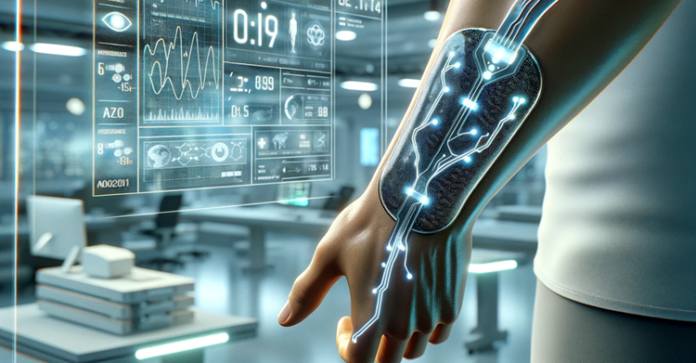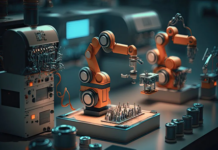
Introduction
Power electronics are what keep our modern world running. Everything from electric cars to cell phone chargers uses converters to change and control the electricity. But it is hard to make power electronics that always work well. This blog post will discuss how simulated intelligence improves power electronics and what that means for the design process.
The Power Electronics Design Challenge
Power electronics design is similar to putting together a puzzle with many pieces. It enhances several restrictions, including dependability, measuring components, putting together circuits, and locating objects. Once upon a time, engineers used their knowledge and dull tests to get what they wanted. It can get boring and cost a lot to use this method.
AI Role In Power Electronics
In artificial intelligence, there is a new level of accuracy and usefulness. Learning more about how AI changes every part of the power electronics design is helpful.
Formulating Objectives with AI
Making things to help people reach their goals is the foundation of Power electronics design. Some examples of these goals are lowering power loss, cutting costs, or getting the best qualities for certain limits on parts like weight and volume. These are the goals that AI sets, just like people do. By using information-driven experiences, users can make their design goals clearer and reduce the time it takes to make them.
Exploring Solutions Efficiently
It is time to make plans after setting goals. The way that AI gets around a big design space is by using metaheuristic suggestions. This way, artificial intelligence can quickly look at many choices and pick the best ones, which would be hard to do with regular methods.
Decreasing Design Time with AI
AI cuts down on design time, which is one of the best things about using it to make power electronics. AI uses different models to copy the complicated way that a system works. In a very basic sense, AI can use these other models instead of evaluations that take a long time to compute. This would speed up the design process.
Examples of AI Applications in Power Electronics

Here are some examples of how AI is changing the design of power electronics in the real world:
- AI-Powered Heatsink Design: AI makes heatsink designs better using genetic algorithms and finite-element analysis. AI algorithms can find the best set of heatsink cell patterns to keep power semiconductor device temperatures as low as possible, which lets designers make designs that work better and take up less space.
- Multi-Objective Optimization in Solar Energy Systems: 500 kW solar power microgrid system design is the issue addressed by AI. It reduces the system’s load and increases output power simultaneously. AI types like Pareto front and genetic algorithms provide the best values for system parameters.
- Particle Swarm Optimization for Enhanced Circuit Performance: Particle swarm optimization is used in electric power circuits. It determines the best value of electrical components for improved static and dynamic performance with minimal computational workload.
- Adaptive Ant Colony Optimization (ACO): The modified ACO approach for continuous-value components is best used to design the power electronic circuits. It considers the tolerance of components, making it more practical for life.
Conclusion
In power electronics design, AI is like a smart assistant. Processes improve and speed up. AI speeds up problem-solving. This is like using AI to solve a big puzzle. AI picks the right goals for us, saving time. We saw AI improve solar systems, electric circuits, and heatsinks. As our secret weapon, AI boosts power electronics’ intelligence and efficiency. It improves the world and changes events one electronic component at a time. AI-driven power electronics design at partstack is more than an opportunity; it is an up-and-coming transformation in this quickly changing technological climate. Thus, with expanding reliance on power electronics for everyday necessities, you can be guaranteed that artificial intelligence has been quietly working and improving your reality, each circuit in turn.


















